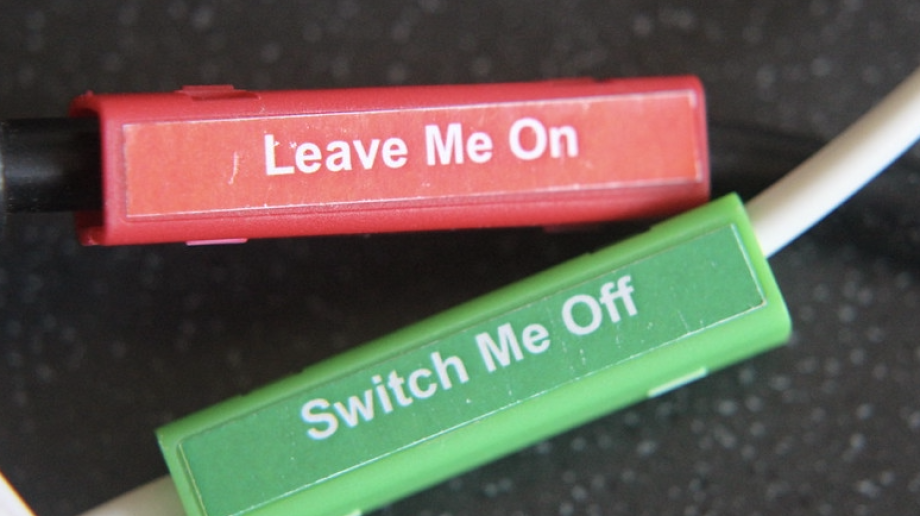Home / Calls for emergency energy retrofit solutions for schools
Calls for emergency energy retrofit solutions for schools

Let’s Go Zero, the campaign supporting schools to be zero carbon by 2030, is calling on the new Education Secretary to retrofit every school in the country with energy saving solutions, to ensure they stop leaking heat, carbon emissions and money.
In a recent survey of schools by Let’s Go Zero, 72 per cent of respondents mentioned that they are concerned or very concerned about keeping their schools warm this winter.
The government has announced a new Energy Bill Relief Scheme - a discount on wholesale gas and electricity prices for all non-domestic customers, which will help schools pay bills in the immediate term. But solutions for the long-term are still needed, says Alex Green, Programme Manager for Let’s Go Zero: “This financial support will come as a welcome relief for schools, colleges and nurseries across the UK, but this is about paying bills – not about having long-term financial security or reducing carbon emissions. The Energy Bill Relief Scheme is merely a sticking plaster. Winter comes every year, so we need ambitious intervention by the new Secretary of State for Education, the Rt Hon Kit Malthouse MP to support energy efficiency, retrofit and renewables across all of our educational settings.”
The Let’s Go Zero campaign is advising schools all around the UK how to cut costs and carbon this winter – from simple interventions such as making sure heating systems and lighting are powered down when the school is not in use, to heating classrooms to only 19°C or running a switch off campaign with students. But they warn these are only stop gap measures.
1,700 schools, colleges and nurseries, representing nearly 850,000 students and 135,000 staff, have joined the campaign to show their intent and ambition to be zero carbon by 2030 and be part of the positive solution and stand alongside their students.
A key action would be to reduce the massive energy wastage that many schools suffer from as a result of old boiler systems, old draughty properties which leak heat, and lack of funds and capacity to improve energy efficiency. The new Secretary of State needs to act now to support our schools, colleges and nurseries.
“A retrofit energy saving overhaul will not only cut bills but will also ensure children have a warm place to learn in winter, save every school thousands of pounds that they can put into teaching instead of heating, and create jobs in every part of the country,” Ms Green continues.
“This needs to be a national emergency response. We owe this to our children, to our hard-working school staff, and to our communities in terms of putting into place the climate emergency response the government and local authorities have committed to.”
The Let’s Go Zero campaign say government help needs to come in the form of increased funding for schools to carry out retrofit which includes high grade insulation on walls, floors and roofs to stop energy leakage, and install renewable energy fuel sources such as solar and wind power or heat pumps. A government focus on training the construction and heating industries on retrofit techniques and renewable heating systems is also vital.
One renewable energy source which could be very useful for schools nationwide is ground source heat pumps.
Schools are ideal environments for this technology as they have control over the land that the heat pump is installed into and the pumps can be installed without any major disruption. They also have the significant advantage of being able to cool a building in summer.
Ian Goodchild, Director of Non-Domestic Sales at Kensa Heat Pumps says: “Ground Source heat pumps are a best fit for a majority of schools, due to offering the lowest carbon emissions, lowest lifecycle cost and most importantly right now, the lowest running cost solutions – this is due to the higher efficiency ground source systems can provide.
“Kensa’s experience of working with local authorities, such as Northumberland County Council, has proven that undertaking these retrofit projects for schools to improve thermal performance and reduce the carbon emissions by installing ground source, has helped them reduce their carbon emissions from heating by over 70 per cent at these sites.”
Schools that have implemented energy saving measures already include Dalmain Primary School in Lewisham, London, which has worked with school retrofit specialists Retrofit Action For Tomorrow (RAFT) and their local authority on retrofitting their old school building. By repairing their roof, installing wall and roof insulation and new roof lighting they have made an energy saving of 62 per cent.
Erika Eisele Head of Dalmain Primary School says: “Our buildings hadn’t been invested in for about 20 years, so were just haemorrhaging heat. It was really clear how inefficiently the building was working.” RAFT’s work included structural advice on the building and energy system, including installing a ground source heat pump, but also helping students and staff fully understand why the work was being done and the importance of energy saving.
Let’s Go Zero have published Energy Saving Quick Wins for schools and the Let’s Go Zero coalition of environmental NGOs - which includes GAP, Eco-Schools and WWF and others - provide support and resources to schools trying to prepare for the energy crisis.
Latest News
22/10/2025 - 14:06
The Mayor of London Sadiq Khan has launched a new £2.7 million programme to deliver indoor air quality filters to hundreds of schools across the capital.
22/10/2025 - 09:45
Outlined in the Skills White Paper, plans include proposals for new V-levels, a vocational alternative to A-levels and T-levels, as well as a “stepping stone” qualification for students resitting English and maths GCSEs.
21/10/2025 - 09:56
Free specialist training is being made available to teachers in Wales to give them the knowledge to understand and respond to the challenges faced by adopted and care experienced children.
20/10/2025 - 09:52
Members of the newly formed Youth Select Committee have launched a call for evidence as part of their inquiry into Personal, Social, Health and Economic (PSHE) Education in secondary schools.
20/10/2025 - 09:37
A new report from the Education Policy Institute (EPI) warns that the current system for registering children for Free School Meals (FSM) is failing to reach many of the most disadvantaged pupils.







